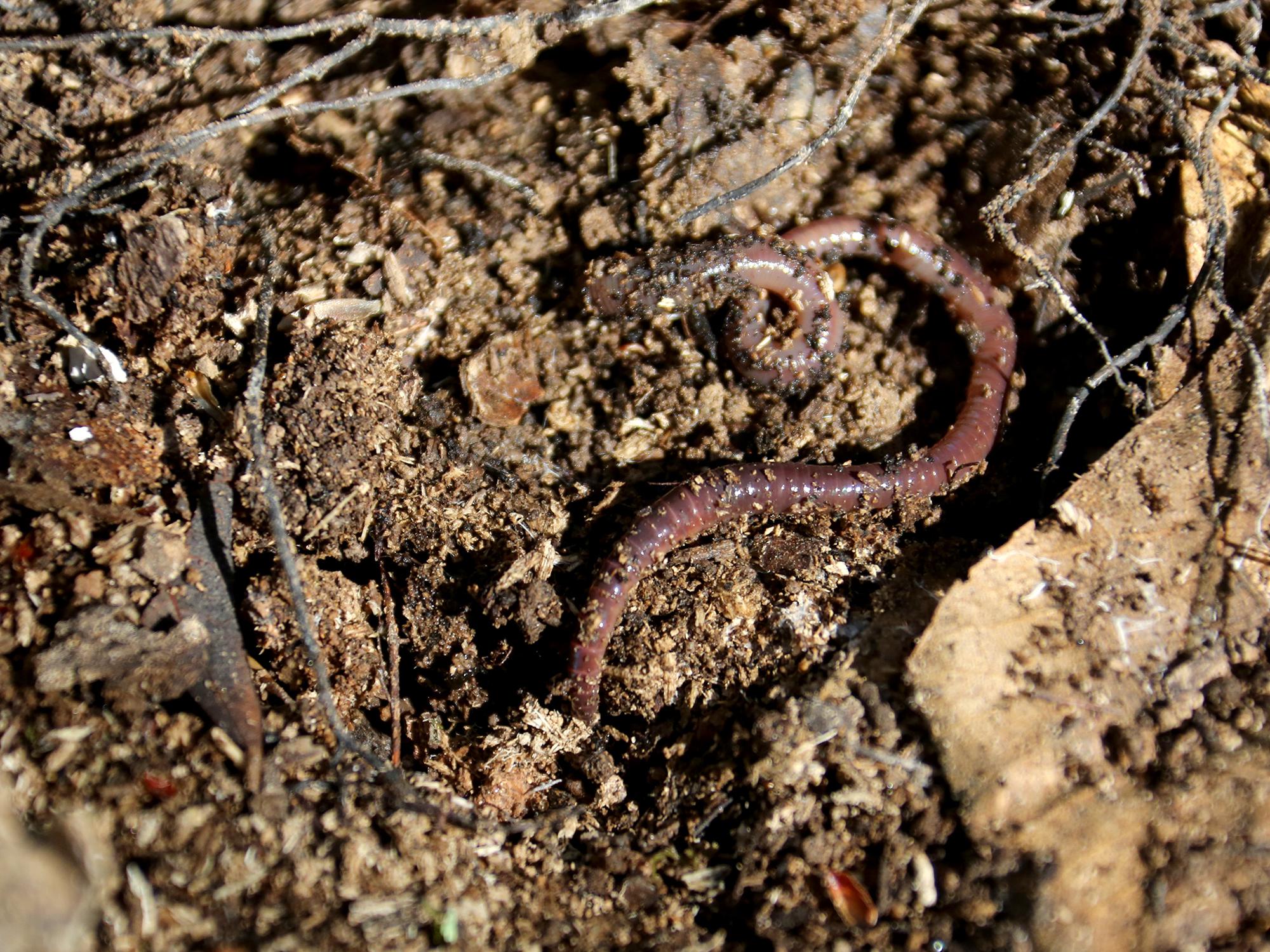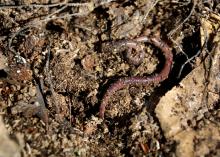Information Possibly Outdated
The information presented on this page was originally released on March 31, 2017. It may not be outdated, but please search our site for more current information. If you plan to quote or reference this information in a publication, please check with the Extension specialist or author before proceeding.
Small creatures makebig ecosystem impacts
STARKVILLE, Miss. -- Many Mississippians care about wildlife and related activities, including hunting, fishing, birdwatching or just enjoying the outdoors.
Wildlife live in many different ecosystems, providing those ecosystems with a number of different services. An ecosystem service is any positive benefit that wildlife or biological communities provide for people. Plant pollination is one example: If pollination doesn’t occur, plants won’t grow fruit, vegetables or nuts. Butterflies, bees, birds and nectar-eating bats are all pollinators. In fact, one third of agricultural products in the U.S. depend on pollinators.
Various insects and animals pollinate 100 different crops, including cucumbers, strawberries, tomatoes and soybeans. Some crops, like blueberries, are 90 percent dependent on honeybee pollination. In the U.S., insect-pollinated crops were valued at $29 billion in 2010.
While nectar-eating bats provide pollination, 1,300 species of insect-eating bats provide pest control. Insectivorous bats, which make up 70 percent of bat species, consume vast amounts of pest insects each year.
Pest control is a major benefit to all humans. By eating mosquitoes, bats can indirectly reduce the spread of harmful diseases that mosquitos carry. Insectivorous bats benefit farmers by eating crop pests, saving producers billions of dollars each year. Bat droppings, called guano, are also a valuable natural fertilizer in some areas of the world.
Earthworms, ants and termites all play important roles in improving soil conditions and increasing crop yield. Earthworms are well known to improve soil by creating pores to allow greater water infiltration for growing plants. Earthworms also help decompose dead plant material into nutrients that plants can use to grow.
While ants and termites are mostly considered pests to humans, they can provide many of the same benefits as earthworms in drier and hotter climates. These animals play key roles in keeping soils healthy so that farmers can keep farming, and humans can have adequate food, clothing and other products.
The bottom line is whether you farm a few hundred acres or have a backyard garden, providing habitat for some of these beneficial critters can have big benefits for what you are growing, your health, the environment and even your checkbook.
People can protect beneficial wildlife by providing a few simple things, such as food, shelter and water. First, make sure animals have a clean, shallow source of water. Second, identify semi-natural or natural areas with beneficial plants that can provide food. The Pollinator Partnership website has planting guides for different regions to help people choose the right plants.
Choose plant varieties to support different pollinator species. Increasing plant diversity helps protect earthworms and other beneficial bugs. Typically, more diversity above ground also means more diversity below the ground. Incorporating different shrubs and trees can help provide shelter and nesting sites.
For farmers, enrolling unproductive field edges into conservation programs can significantly increase wildlife habitat. In some cases, it can be more economical than farming that unproductive land.
Consider adding bat boxes/houses to backyards along with birdhouses. Not all houses are created equal though! Bat and birdhouses from organizations like Bat Conservation International and the North American Bluebird Society follow guidelines to increase the likelihood that birds and bats will use the houses and that the houses won’t indirectly harm the animals.
Use caution with pesticides and be sure to follow directions on labels, as some chemicals are toxic to wildlife, especially certain pollinators.
For more information about natural resource conservation, contact Beth Baker with the Research and Education to Advance Conservation and Habitat program at MSU at 662-325-7491 or beth.baker@msstate.edu.

Editor’s Note: Extension Outdoors is a column authored by several different experts in the Mississippi State University Extension Service.









